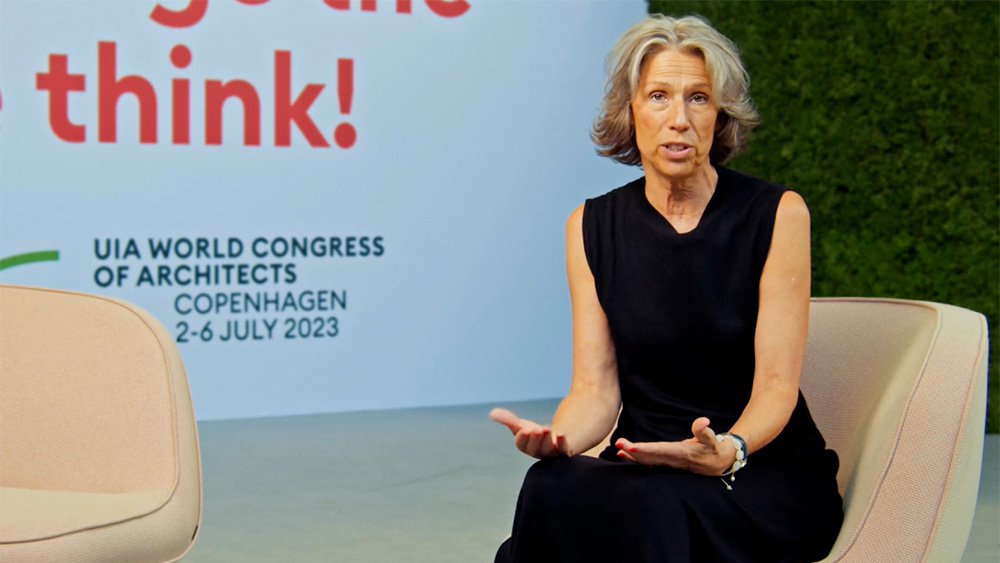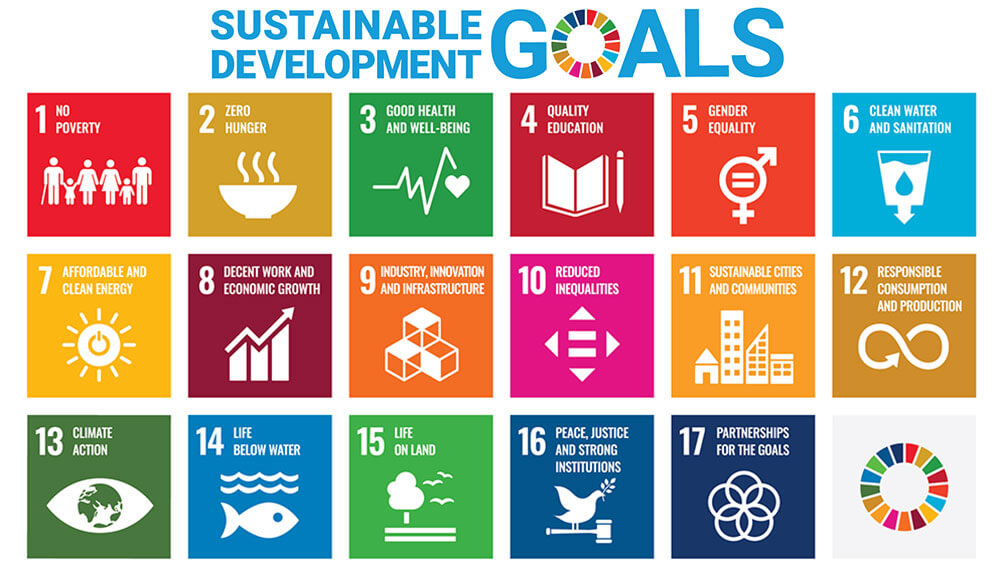
“It’s about how we can use architecture as a vital tool to make changes in the world, to get us closer to and reach the 17 UN SDGs.” — Mette Lindberg, CEO of UIA World Congress CPH 2023
The 28th UIA World Congress of Architects, held July 2-6 in Denmark, demonstrated the power of conferences to create a legacy of change in the world when it launched the “Copenhagen Lessons” — 10 principles for change in the building industry to reach the United Nations’ 17 Sustainable Development Goals.
The congress brought more than 6,000 participants — architects and practitioners from the building industry and planning communities — from 135 countries to Bella Center Copenhagen. Facing the distressing reality that the global construction industry accounts for 40 percent of all CO2 emissions and 35 percent of total waste, the four-day event, with the theme “Sustainable Futures — Leave No One Behind,” focused on sustainable, collaborative, and inclusive developments in architecture.
“The built environment is one of the biggest polluters when it comes to carbon emissions,” Mette Lindberg, CEO of UIA World Congress CPH 2023, said in a video on the Wonderful Copenhagen website. “When we are trying to solve the problems we have in the world due to climate change, due to poverty, due to inequality, we can only do it together. So legacy has been on our agenda from the very beginning.”
Copenhagen Lessons came out of the congress’s strategic objective to “create a common approach to accelerate change in the industry of built environment to mitigate the gap between the global north and global south.” Here are the 10 principles to build on:
- Dignity and agency for all people is fundamental in architecture — there is no beauty in exclusion.
- People at risk of being left behind must be accommodated first when we construct, plan, and develop the built environment.
- Existing built structures must always be reused first.
- No new development must erase green fields.
- Natural ecosystems and food production must be sustained regardless of the built context.
- No virgin mineral material must be used in construction when reuse is possible.
- No waste must be produced or left behind in construction.
- When sourcing materials for construction, local renewable materials come first.
- In everything we build, carbon capture must exceed carbon footprint.
- When developing, planning, and constructing the built environment, every activity must have a positive impact on water ecosystems and clean water supply.
The global initiative will support an extensive outreach program UIA has planned, Lindberg said. “We will refine the results, we will refine the principles. … We need to see the impact so the Copenhagen Lessons is actually stretching this impact to the future. We don’t know the reach of it, but of course we would wish that in 2030 we can come a little closer to solving and reaching the 17 SDGs.”
Curt Wagner is digital editor at Convene.

“Copenhagen Lessons” were created to help the building industry reach the United Nations’ 17 Sustainable Development Goals. (Courtesy UN)
